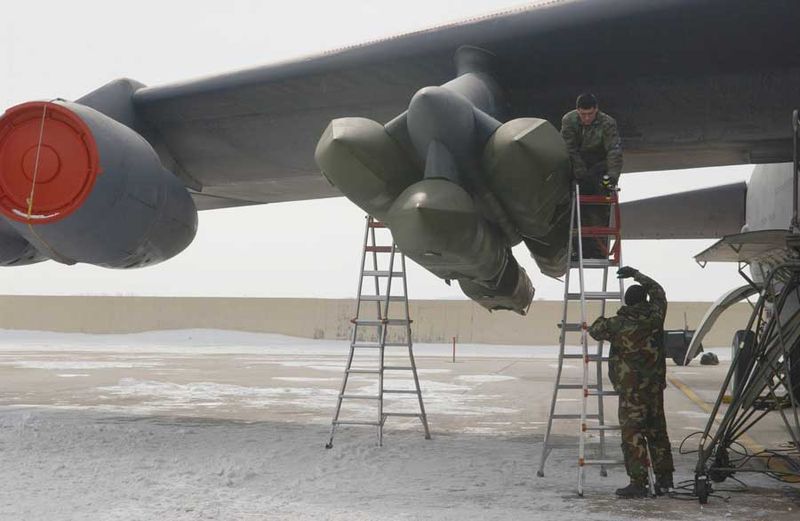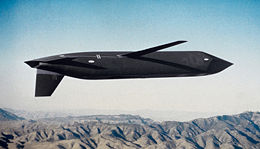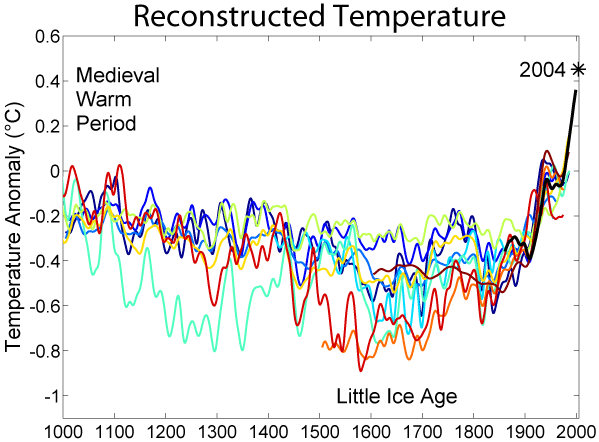Saturday, October 29, 2011
cities cracking down on occupy protests...,
By
CNu
at
October 29, 2011
0
comments
![]()
Labels: agenda , establishment , governance
beyond the age of petroleum
By
CNu
at
October 29, 2011
0
comments
![]()
Friday, October 28, 2011
vigilantes going in on cartels
Video - Mata Zetas putting in work on the cartels
By
CNu
at
October 28, 2011
0
comments
![]()
Labels: narcoterror
cartel's practicing with ieds...,
By
CNu
at
October 28, 2011
0
comments
![]()
Labels: tactical evolution
Thursday, October 27, 2011
FBI: gangs have infiltrated every branch of the military
The report notes that while gang members have been reported in every branch of service, they are concentrated in the U.S. Army, Army Reserves, and the Army National Guard.
style="padding-left: 30px;">Many street gang members join the military to escape the gang lifestyle or as an alternative to incarceration, but often revert back to their gang associations once they encounter other gang members in the military. Other gangs target the U.S. military and defense systems to expand their territory, facilitate criminal activity such as weapons and drug trafficking, or to receive weapons and combat training that they may transfer back to their gang. Incidents of weapons theft and trafficking may have a negative impact on public safety or pose a threat to law enforcement officials.
The FBI points out that many gangs, especially the bikers, actively recruit members with military training and advise young members with no criminal record to join the service for weapon access and combat experience.
By
CNu
at
October 27, 2011
4
comments
![]()
Labels: cognitive infiltration , What Now?
2007 USAF nuclear weapons incident
By
CNu
at
October 27, 2011
0
comments
![]()
Labels: Living Memory , unspeakable
worse than originally thought
Video - Move along Canadians, nothing to see over here...,
By
CNu
at
October 27, 2011
0
comments
![]()
Labels: unintended consequences
the last of the B-53's
By
CNu
at
October 27, 2011
10
comments
![]()
Labels: unspeakable
Wednesday, October 26, 2011
profgeo leads the class to the root cause analysis
By
CNu
at
October 26, 2011
12
comments
![]()
towards a world war III scenario
By
CNu
at
October 26, 2011
1 comments
![]()
Labels: The Great Game
the great game
By
CNu
at
October 26, 2011
0
comments
![]()
Labels: The Great Game
Tuesday, October 25, 2011
5 reasons occupy wall st. is bound to fail...,
Video - Brett Arends on why occupy Wall St. will fail.
By
CNu
at
October 25, 2011
17
comments
![]()
Labels: common sense , The Hardline , weather report
banking blockades apparently work
By
CNu
at
October 25, 2011
0
comments
![]()
Labels: corporatism
how corporate interests attack science
Some of the scary rate-of-change statistics in the book:
- Climate hasn’t changed this much in at least the last 850,000 years
- When we burn fossil fuels like coal and oil, we’re releasing carbon dioxide thousands of times faster than it took to form coal and oil deposits.
- Carbon dioxide levels have risen 40% in just the past 250 years
- Never have greenhouse gases tripled within a few centuries, and we’re destroying the plants that could help to sequester CO2.
By
CNu
at
October 25, 2011
2
comments
![]()
Labels: corporatism , weather report
hazard of confidence: the illusion of validity
By
CNu
at
October 25, 2011
2
comments
![]()
Labels: What IT DO Shawty...
who you are..,
By
CNu
at
October 25, 2011
3
comments
![]()
Labels: What IT DO Shawty...
Monday, October 24, 2011
the prophet (PBUH) ridin too?
 |
| Mohammed meets the prophets Ismail, Is-hak and Lot in paradise. From the Apocalypse of Muhammad, written in 1436 in Herat, Afghanistan (now in the Bibliotheque Nationale, Paris). |
 In the above images, Muhammad is seen riding the red and white creature, again the colors of the Amanita mushroom, in his shamanic night journeyisra' and ascension to heaven mi'raj reminiscent of the ascent of Arda Viraf who takes a narcotic and takes a visionary flight through heaven and hell (Seguy 1977). This representation of Buraq may indicate that regional cults viewed the Islamic revelation through their own shamanic traditions or that Islam retained the ritual heritages of the ancient world. These traditions would be enshrouded in the mysteries of Shia gnosis, alchemy and Sufism that spread into Europe. The other image depicts Imam Ali on a similar creature with the red and white colors and in a scene entitled “Gabriel Shows Ali’s Valor to the Prophet” from the 15th century Persian epic of Ali, the Khavaran Nameh, which shows his steed in these colors particularly in scenes of battle where it is grey in other scenes though more research is needed to fully develop these curious depictions of the changing mounts (Birjandi 2004). Another uncle of the Prophet Muhammad is Amir Hamza, whose folktales date back to the time of the Prophet and whose exploits unite Chinese, Indian Persian, Greek and Arabian cultures, also rides a similarly described winged-demon steed Ashqar Devzad (Lakhnavi and Bilgrami 2007). This series of tales involves treasures under trees and occult lore of the Prophet Khizir and Imam Ali (even before he was born) in aiding in battles and traveling to the land of thejinns for temporal and spiritual jihad for the True Faith anticipating the coming of the Prophet Muhammad.
In the above images, Muhammad is seen riding the red and white creature, again the colors of the Amanita mushroom, in his shamanic night journeyisra' and ascension to heaven mi'raj reminiscent of the ascent of Arda Viraf who takes a narcotic and takes a visionary flight through heaven and hell (Seguy 1977). This representation of Buraq may indicate that regional cults viewed the Islamic revelation through their own shamanic traditions or that Islam retained the ritual heritages of the ancient world. These traditions would be enshrouded in the mysteries of Shia gnosis, alchemy and Sufism that spread into Europe. The other image depicts Imam Ali on a similar creature with the red and white colors and in a scene entitled “Gabriel Shows Ali’s Valor to the Prophet” from the 15th century Persian epic of Ali, the Khavaran Nameh, which shows his steed in these colors particularly in scenes of battle where it is grey in other scenes though more research is needed to fully develop these curious depictions of the changing mounts (Birjandi 2004). Another uncle of the Prophet Muhammad is Amir Hamza, whose folktales date back to the time of the Prophet and whose exploits unite Chinese, Indian Persian, Greek and Arabian cultures, also rides a similarly described winged-demon steed Ashqar Devzad (Lakhnavi and Bilgrami 2007). This series of tales involves treasures under trees and occult lore of the Prophet Khizir and Imam Ali (even before he was born) in aiding in battles and traveling to the land of thejinns for temporal and spiritual jihad for the True Faith anticipating the coming of the Prophet Muhammad.
By
CNu
at
October 24, 2011
2
comments
![]()
Labels: alkahest , azoth , entheogenesis
the hidden world
Video - excerpted interview with Prof. Carl Ruck.
By
CNu
at
October 24, 2011
1 comments
![]()
Labels: entheogenesis , History's Mysteries
Is The Chicago Democrat Machine (Pritzkers) The Shot Caller In Election 2024?
"No. This party should not, in any way, do anything to work around Ms. Harris. We should do everything we can to bolster her whether sh...
-
theatlantic | The Ku Klux Klan, Ronald Reagan, and, for most of its history, the NRA all worked to control guns. The Founding Fathers...
-
Video - John Marco Allegro in an interview with Van Kooten & De Bie. TSMATC | Describing the growth of the mushroom ( boletos), P...
-
dailybeast | Of all the problems in America today, none is both as obvious and as overlooked as the colossal human catastrophe that is our...














